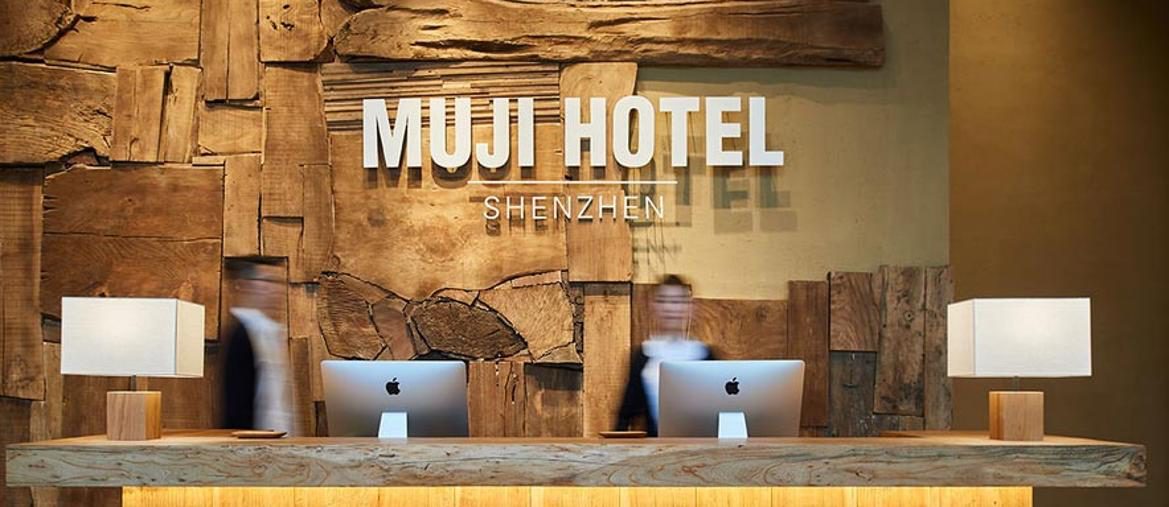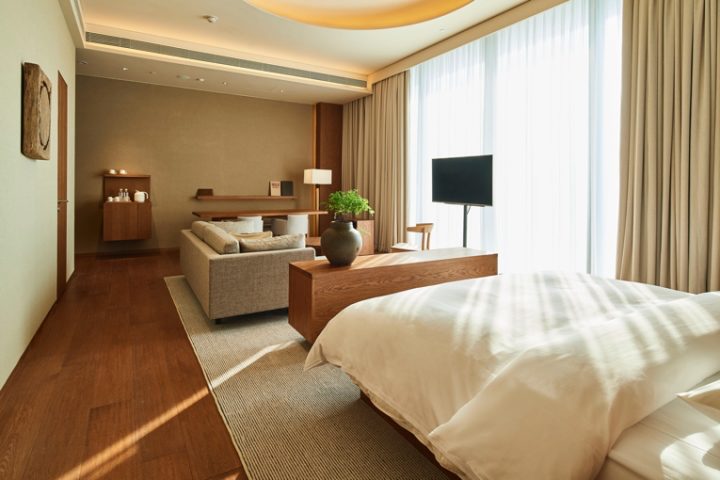Now, more than ever, brands must evolve their business models faster to stay relevant. And if you intend to do so, here is how you can begin to give your brand a new lease of life.
Last year, Apple upended yet another industry, this time an industry that prides itself on brand value, design and doing things the same way for centuries: the luxury watch sector.
 For the first time, Apple sold more watches than the entire luxury watch industry of Switzerland in a single quarter. The tech giant took just four years to achieve this feat. Just another sign on how far the world’s most valuable brand in 2017 has come: from exciting geeks in its founding years to charming fashionistas today.
For the first time, Apple sold more watches than the entire luxury watch industry of Switzerland in a single quarter. The tech giant took just four years to achieve this feat. Just another sign on how far the world’s most valuable brand in 2017 has come: from exciting geeks in its founding years to charming fashionistas today.
Brand value will not increase with age
Some years ago, a brand award used the analogy of wine to suggest that brand value gets better with age. I served as a judge for the award then and told the organisers that this was a mistaken view about branding.
Brands will only become valuable by remaining relevant as its value does not grow by default. But I have seen too many business leaders hold on to this misplaced belief and think that so long as they have an established brand with a quality product, they have an invincible moat.
The reality is: value is only true if it is recognized by the customer and the market which is constantly evolving due to technology, changing social norms and competitive state. That is why GE will not have survived till today if it only sold light bulbs, Apple would not have become the world’s most valuable company by capitalisation if it only sold Macs.
Intransigence is not an option for brands today
Actress Maggie Smith in her character as the Countess Dowager in Downtown Abbey said: “The aristocracy has not survived by its intransigence.” So, ask yourself, have your brand been intransigent?
If you tend to trumpet expertise, years of experience, brand value as the only proof of uniqueness. If your brand innovation is features-centered like better customer service experience, or about adding an app and not ground-breaking in terms of business model. If you can only imagine yourself in one category since you have been dominant in it. Then you might be showing signs of being intransigent.
Some brands that are showing such signs are in categories where they used to have an unassailable advantage. Examples will be Walmart in the supermarket business, Toyota in the car industry, Singapore Airlines in the airline sector.
The management in these companies are hardworking folks who are clear-headed about what they are doing. However, these are also the same guys who are only good at management: cutting cost and maximizing profit but not creative thinking or disruption.
They will think thrice about moving the brand into an adjacent business because they would rather remain in their own space even though they are facing stiffer competition and disruption by unexpected players.
So, ask yourself, have your brand been intransigent?
Give your brand a new lease of life
As we transit into the Fourth Industrial Revolution – just like other similar periods before – a great period of audacity is now upon us where more entrepreneurs will attempt to disrupt industries because recent technology and a more globalized world have made it easier to do so.
Entrepreneurs like Tony Fernandes and Elon Musk have entered sectors where they have no experience and yet have beaten champions of the industry through their methodical approach to building world-class businesses and brands. Since these guys will come into your turf anyway, so why not disrupt yourself first and give your brand a new lease of life.
Muji’s disruptive launch into the hospitality sector is a great example of generating a new lease of life and it makes business sense. Muji has the ability to fit out an entire house with well-designed products so it is a great idea to let customers experience the products, immerse themselves in all things Muji.
Their cafes in Muji stores have already achieved this effect. Now with these hotels, it will further strengthen their value proposition and experience as a lifestyle designer.
At a time when Instagram is more powerful than advertising, having your customers snap pictures while enjoying food in Muji bowls and sleeping in a Muji bed is a 21st century way of branding.
As a brave new world dawns, world-beating brands such as Apple, Amazon and GE continue to adopt a disruptive approach to increase their chances of being relevant. They are constantly assessing their evolving abilities, influence and differentiation. They pay a lot of attention to the changing behaviours of their customers. Above all, they take an evolutionary approach to their business model development which is defined by an existential purpose on how they will define the lives of their customers. Their brand strategy and experience then evolve accordingly.
Apple is a technology lifestyle company and so it is natural to get into the wearables or probably luxury transportation sector. Amazon is a transaction and delivery platform, so it is logical to move into the grocer business where even more daily transactions take place. Its Asian rival Alibaba has already launched a supermarket business for almost a year with the same logic in mind.
Some would argue, but if a brand is strongly associated with a product, how do you change that? Well if it is only tied to a product that it might be doomed but if your brand is an idea, not just a trademark, a set of distinct values and if it resonates with the customer, then the value is infinitely greater. The late Steve Jobs understood this, that is why just before he launched the iPhone, he announced that Apple Computer will simply be known as Apple.
Of course, any evolution in terms of business and brand model needs to be executed well. By not leaving anything to chance, by paying attention to your existential purpose, what you stand for as an idea, that is how your brand can thrive and survive in this new age.
Looking at Apple again, just see how methodical it went into the watch business. Starting with the strategic hiring of Angela Ahrendts from Burberry to run its retail division to redesigning the Apple Store experience to cater for trying on the Apple watch. Jony Ive who seldom speak in public even spoke at luxury conferences to explain Apple’s intent in the watch business. It just goes to show how Apple did not underestimate the challenge and how a brand can indeed have a new lease of life if it goes all in to reinvent itself in a methodical way.
How to begin
So, if you like to reinvent your brand, how do you begin? It is always important to start from a state of advantage.
First, review your brand’s ability: how has your business evolved in capabilities from the time the business began till now? What are the new skills learnt or gained? How about your talent pool? In our work of reviewing companies this evolution of capabilities and new insights into their position in the market offer provides a foundational and less-risky basis for taking the brand to the next level.
How about your brand’s influence? Based on the track record in the industry, what is a believable and influential set of attributes and value? How do customers see you now and what resonates with them? What is your relationship with them, is it purely transactional or there is something else, a shared set of beliefs? If yes, how do you nurture it to take the relationship to the next level?
Finally, over time, your brand would have developed unique advantages in terms of delivery, service or solution, what is that brand advantage or differentiation? How can you leverage it further to shape a new future through innovation?
Building on these three attributes then look at the industry at large, how has it changed? If industry practices remained consistent for years, it also suggests that there is room for change. Then what about the needs and lifestyle of the customer, how has that evolved?
With these, very soon you will be able to identify what is the new purpose of your business and how you will need to evolve your business model and brand to capture what we call adjacent business opportunities: Opportunities that have not been considered and yet relevant to your capabilities and brand influence.
Take for example: Singapore Airlines, with its impeccable service quality at 35,000 feet, a strong training program that has shaped an amazing crew to deliver the great way to fly. And a brand value that few airlines can match. In the current competitive airline industry where at every class level they are almost evenly matched by strong competitors, there are limited options. This could explain why they are starting to go down the path of penny-pinching which is a terrible approach for a great brand.
But if you were to look at the Brand of Singapore Airlines creatively from their amazing service capabilities, Kris lounge experiences and brand value, and then consider adjacent businesses like luxury hospitality or luxury restaurants, then you will begin to think why not. It is certainly possible to imagine a Singapore Airlines Hotel, residences or restaurant.
This is not the age to be safe. Best to try than be sorry because a lot of brands that we are familiar with may no longer be around in a few years’ time due to their intransigence. This is the age of the brave so be one.
This article was first published in Asia Franchise Magazine, the region’s leading publication for franchise trends, insights and opportunities in English and Chinese.








